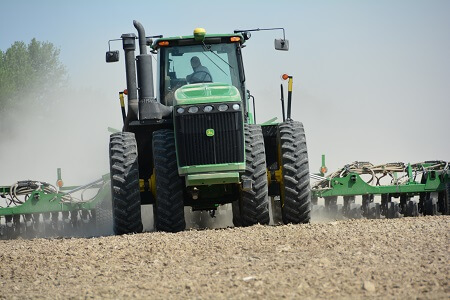Stay Informed
When to plant
Q: How do farmers decide when to plant corn and soybeans?
A: The three main factors farmers use are:
- The weather. You can’t plant in heavy rain – or mud.
- The calendar. You don’t want to plant so early in the spring that you’re risking a late frost or so late in the year that there’s a strong chance of a frost before your crops are mature in the fall.
- Soil temperature. This is actually the most important one, noted Jeff Gormong, who farms near Terre Haute in Vigo County.
 “Ground temperature is a big part of it,” he said. “For corn and soybeans, ground needs to be at 52 degrees four or five days straight.
“Ground temperature is a big part of it,” he said. “For corn and soybeans, ground needs to be at 52 degrees four or five days straight.
“You also look at the calendar,” Gormong added, “but if it's late but it's still wet and cold, you're not going to plant.”
“‘Mudding in’ a crop early to avoid planting late will almost always end up being an unwise decision,” noted Purdue agronomist Bob Nielsen in a 2016 article on corn planting dates.
You can see how corn and soybean planting are progressing across the country by checking out these interactive maps from AgWeb:




